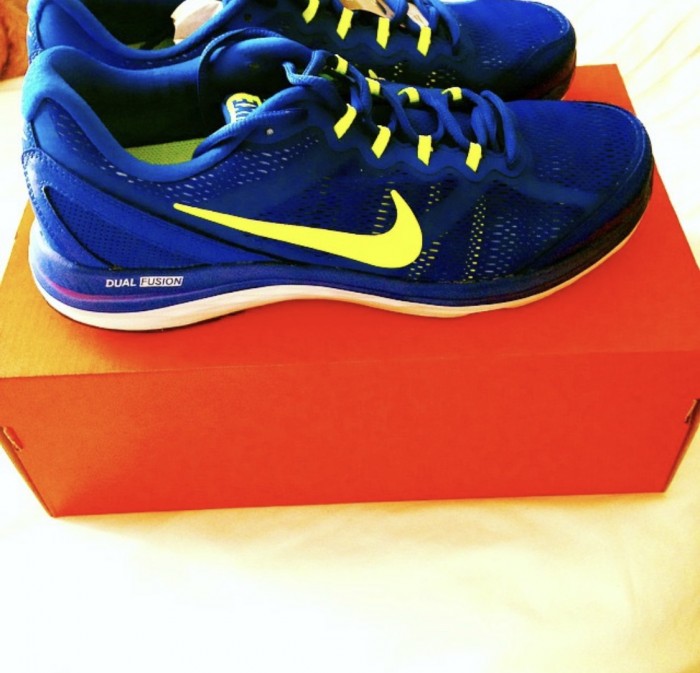×
We’re coming towards the end of the year which means that very shortly people will be making their 2018 New Year’s resolutions. Quite often, getting fit or training for a physical challenge of some sort is a popular choice and if you’re thinking about taking on a long-distance run such as a half or full marathon next year then you want to make sure you have everything you need to get started when January comes.
One of the mistakes many people make when they embark on their training is their choice in footwear. It’s an important decision to make and making the wrong choice can result in injury which is not only painful but will also impact your training regime.
When it comes to running shoes everybody is different. That means just because one of your running buddies raves about the shoes that they are currently running in doesn’t mean that you should take their word for it and go out and buy the same pair. It’s an important decision to make and making the wrong choice can result in injury. It all depends on your running technique, shape of your feet and also the type of running you’re doing.
The first thing you should do is visit a proper sports shop who specialise in running. One of Perth’s Indies, Campus Sports, has gait analysis equipment and stocks some of the best names in running footwear and would be a great place to start. The staff will be able to advise you on the best type of shoe for you which will reduce your chances of injury and help keep your feet comfortable and protected.
The main thing you need to know is whether you are a neutral runner, an underpronator or an overpronator. The gait analysis will tell you exactly which category you fit into and then the staff will advise you on the best running shoe to match your technique.
Pronation is the natural rolling movement of the foot which occurs when either walking or running. When you overpronate, you tend to push off almost entirely from the big toe and second toe, which means that the shock from the foot’s impact doesn’t spread evenly. Underpronation or supination is the opposite, where the outside of the foot and smaller toes take most of the weight instead. Both are common and both require different types of running shoe.
 Neutral or underpronators are generally more suited to a cushioned shoe that promotes a more natural movement of the foot. If you are neutral then you’ll have a normal arch, while underpronators tend to have a higher more rigid arch. Generally, you’ll need less support in your shoe than overpronators.
Neutral or underpronators are generally more suited to a cushioned shoe that promotes a more natural movement of the foot. If you are neutral then you’ll have a normal arch, while underpronators tend to have a higher more rigid arch. Generally, you’ll need less support in your shoe than overpronators.
If your overpronation is mild or moderate, then you’ll need a trainer that provides a little bit of extra support inside of the shoe. This will help to increase stability in the foot and leg and reduce the amount of pronation. For those who overpronate severely, then motion control shoes have even more built-in support and tend to have wider soles which offer even more stability.
For those who are seasoned runners who already have an idea of the type of shoe they require, it’s important not just to upgrade to the newest model of their previous running trainer. Just because the last model worked for you, that doesn’t necessarily mean that the modifications in the new one will. Make sure you start again, try the new shoe on in a proper sports shop and browse other makes as well to ensure you get the perfect shoe for you.
Up to 80% of runners experience some degree of injury each year, most of which are either in the feet or have been caused by the feet. Having the wrong type of running trainer increases your risk of serious injury so before you kick start your 2018 resolution and start training for a long-distance run make sure you do your research and get expert advice on your footwear!
Live Active Leisure has launched a new campaign encouraging the residents of Perth and Kinross to ‘Travel the World with LAL’.
May 27th Wednesday 2020
Chrystal Matthan is the 24 year old netball player from Perth who was recently selected for the Scottish Thistles Long Squad!
February 27th Thursday 2020
Foundation trustee Charlie Gallagher recently handed over a £2000 cheque to Academy head of youth development Alistair Stevenson.
January 31st Friday 2020